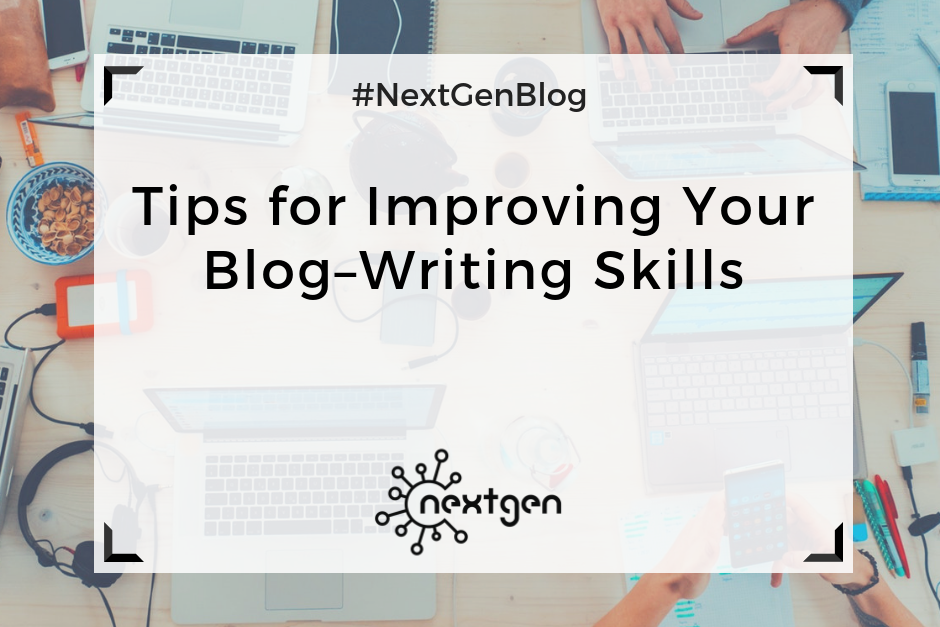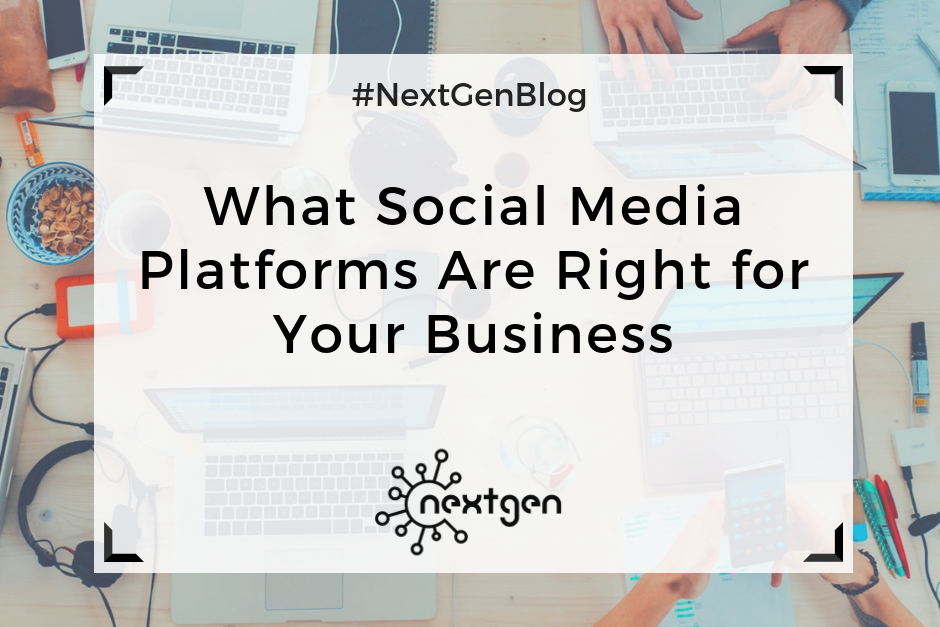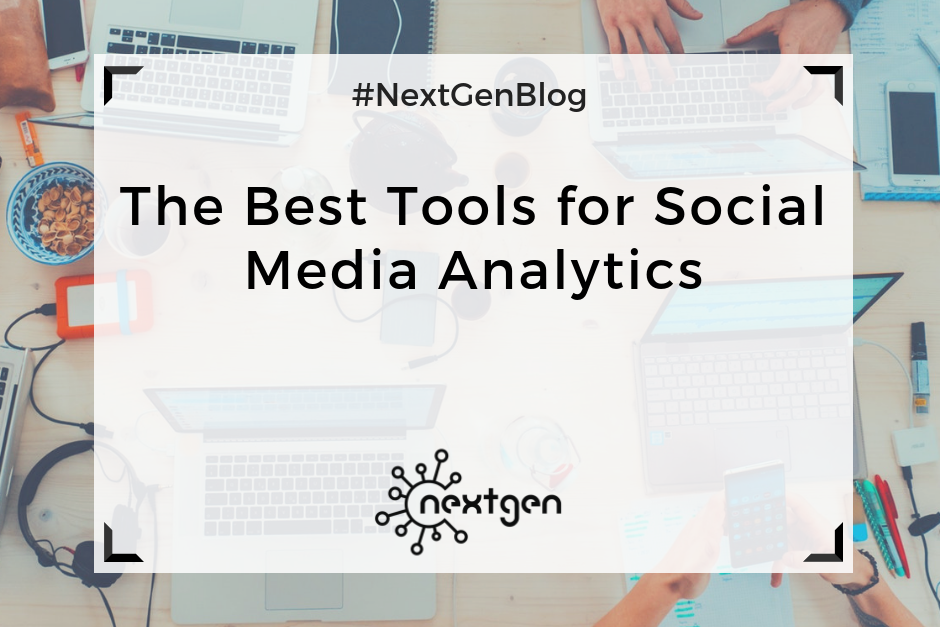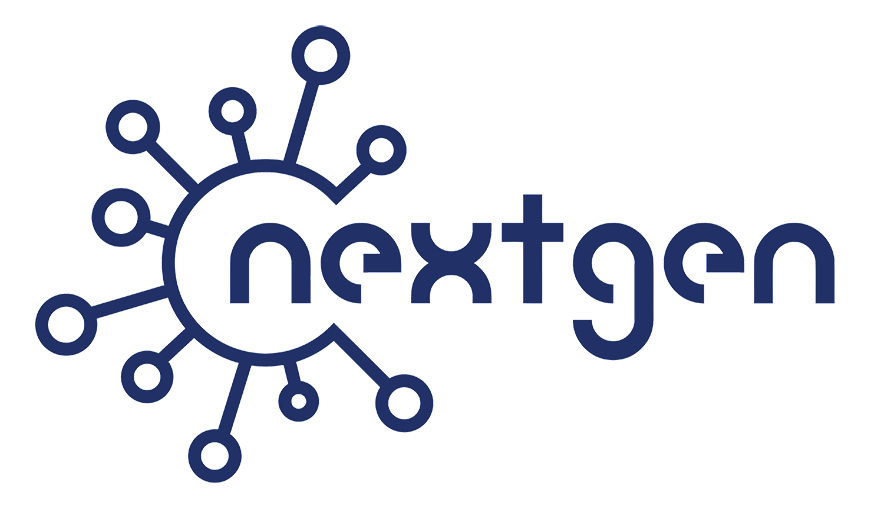
by Sofi | Jun 22, 2018 | Other
If you’re a blogger, then you know it’s not easy to continuously come up with new writing ideas and create high-quality content. Besides that, you should make sure your content is well-written and easy to understand, or people won’t read it.
Although writing a blog can seem pretty scary sometimes–don’t worry–there are certain things you can do to improve your skills and make blogging a less challenging task.
#1 Master the basic principles of writing
First things first. Before you start writing anything, you should understand the basic principles of writing. Make sure the content you write is concise, clear, grammatically correct, and it communicates the right message to your audience. It’s not just about what you write but how you write it as well!
#2 Read a lot
Writing and reading are two sides of the same coin, and each supports the other. If you want to be a good writer, you need to do a lot of reading. Reading books enriches your vocabulary and helps you express yourself easily. You can also read books specifically about writing, which can help you learn about the subject more thoroughly.
#3 Don’t plagiarize
Although it’s okay to imitate the writers you admire, you should never plagiarize. It’s not polite to steal someone else’s work, and sooner or later people may notice–which will be disastrous for your blogging career. However, you can always include citations and statistics in your content as long as you give credit to the original authors and provide references for your sources.
#4 Be original and develop your own writing style
Get inspired by your favorite authors, but always create original content and develop your own writing style. Your writing style is what makes you unique, determines the type of audience that reads your blog, and sets you apart from your competitors.
#5 Create a writing habit
In order to be able to continuously improve your blog-writing skills, it’s essential that you create a writing habit. This means you need to immerse yourself in writing on a regular basis. You can do it every day, every week, every two weeks, etc. The more often you do it–the better the results you’ll get!
#6 Do research
If you’re not familiar enough with a certain topic, it’s better to do some research than risk writing down incorrect or irrelevant information. If you write misguiding blog posts, you’ll lose your credibility and your audience will stop reading your blog.
#7 Enrich your content with visuals
You can enhance the reading experience of your audience by adding different types of visuals to your blog posts. Photos, videos, infographs and other types of visuals will make your content more interesting for your readers and more likely to be shared. Just make sure you always use relevant and good quality visuals.
#8 Proof-read your content
Always proof-read your content! Read it over and over again until you think it is well-structured and there are no grammar, spelling, or punctuation mistakes. You may have a great story to tell, but if your content is hard to read and understand–it won’t make a good impression on your readers.
***
Writing a great blog shouldn’t be too hard if you regularly work on improving your skills. So, follow the above tips and start writing fabulous content!

by Sofi | Jun 8, 2018 | Social Media Marketing
Social media is one of the most important elements of digital marketing. It is a crucial way for your business to reach and, more importantly, interact with a wider audience all over the world. However, not all social media platforms are the same. Each one has a unique way of displaying content as well as a specific demographic of users. It is important to choose the right social media platforms that will help you achieve your business goals. Here is an outline of the five most popular social media platforms.
#1 Facebook
It seems like everyone has a Facebook, and most people do. You can share text posts, photos, videos, events, ads, etc. Although a third of the users are between the ages of 25-54, this platform is generally beneficial for any business. If your demographic is in this age group, Facebook can be particularly effective for you. About half of the users check Facebook multiple times a day, so businesses can benefit from posting once or twice a day on this platform. You can also pay to promote your page, specific posts, or events through customizable and easy-to-use ads.
#2 Twitter
Individuals, small businesses, and huge corporations alike use Twitter on a daily basis to connect with each other. This platform has grown in popularity as a tool for conversation. Everyone uses it, and it allows for your customers to directly interact with your brand. The Twitter news feed is more fast-paced than other social media platforms, so a higher frequency of posts means that they are more likely to be seen by your audience. Just remember: Twitter is an ongoing conversation, so retweet often to engage others!
#3 Instagram
Visuals attract the most attention online, and Instagram capitalizes on this by exclusively posting photos and videos. That makes this platform ideal for businesses involved in lifestyle, food, fashion, personalities, and luxury brands. However, 32% of internet users have an Instagram account, so this platform should not be ruled out if you do not fit in the previous categories. Over half of the users are between the ages of 18-29, and 68% of Instagram users are female. Typically, one post a day is advised on this platform.
#4 LinkedIn
Professionals of all kinds can interact on LinkedIn, which specifically caters to businesses, recruiters, and job-seekers. Shared content includes resumes, job postings, company descriptions, employer/employee research, and professional articles. Users post two to four times a week instead of daily. The goal of this platform is professional networking, so businesses can interact with other professionals with ease on this social media site.
#5 Pinterest
Favoring recent content in contrast to the most popular content, Pinterest has a niche audience that caters to fashion, food, design, travel, and anything DIY. Users are predominantly female, skewing 4:1. Creative and visual content is shared by users multiple times a day, allowing them to categorize and save content by pinning it to boards. For artistic businesses, this is your prime social media site.
Having social media accounts is key for the success of your business. Just make sure you are choosing the right ones for your target audience!

by Sofi | Jun 1, 2018 | Digital Marketing Tools
You might publish great social media content and create great marketing campaigns–but if you want to know exactly how well you’re performing on social media you need analytics tools. But what does social media analytics really mean? To answer this, I’ll use the Wikipedia definition: ”Social media analytics is the process of gathering data from stakeholder conversations on digital media and processing into structured insights leading to more information-driven business decisions and increased customer centrality for brands and businesses.”
The number of analytics tools available right now can make your head spin, and new tools are coming out all the time. However, you need to choose the best tool for your brand. So, let us help you make the right decision! Currently, these are some of the best tools for social media analytics:
Sprout Social
Networks: Facebook, Twitter, Instagram, LinkedIn, Google plus
Price: Starting at $99 per user per month
Sprout Social integrates with most of the major social networks, and its solutions are tailored for different business types: enterprises, agencies, and small businesses. You can use the platform for both social media management and analytics. This means you can plan and deliver content, engage with followers, and track your performance–all from the same dashboard.
Brandwatch
Networks: All
Price: Not available
Brandwatch is a great analytics tool that takes data from social media and the web. It’s a leading tool for social listening, which means you can monitor your customers’ conversations about your brand and industry. Additionally, Brandwatch gives you the ability to conduct competitive analysis and get key customer insights, which can help you make better-informed decisions about your social media activities.
BuzzSumo
Networks: Facebook, LinkedIn, Twitter, Pinterest, Google plus
Price: Starting at $79 per month
BuzzSumo is a powerful tool for analyzing the performance of content from your website and social media. It lets you know which content and which social networks produced the most shares, it helps you find out which topics are trending in your industry by entering a keyword, and it helps you determine which content length and content format to use. BuzzSumo can also help you decide which influencers to target and to find out where your competitor’s backlinks are coming from.
Google Analytics
Networks: All
Price: Free
Although Google Analytics (GA) is essentially a web analytics tool, it can also help you get important social media information. For instance, you can see which social networks are driving traffic to your website and how many social media users convert into leads or customers. Likewise, you can measure your social media ROI and use UTM parameters to track social media campaigns.
Simply measured
Networks: Facebook, LinkedIn, Twitter, Instagram, YouTube
Price: Not available
Simply Measured offers three different products for social media marketers: social listening, social analytics, and social media management. You can see competitive social analytics and measure the performance of five social networks: Facebook, LinkedIn, Twitter, Instagram, and YouTube.
Other social media analytics tools that are worth mentioning:
Tailwind – A tool utilized for Instagram and Pinterest, with a price of $9.99 per account per month.
Iconosquare – This is the best tool for Instagram analytics, with a starting price of $9 per month.
Tweet reach – A social media analytics tool specifically for Twitter, with a starting price of $29 per month.




